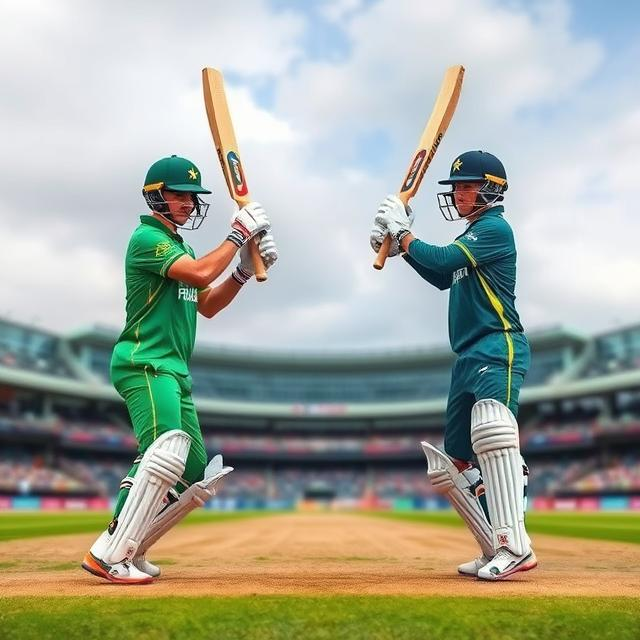Pakistan vs. Canada: A Clash of Cultures and Economies

Pakistan vs. Canada: A Clash of Cultures and Economies
Ever wondered what a matchup between Pakistan and Canada would look like, beyond the occasional sporting event? This isn’t about a game, it’s about a deeper dive into the contrasting landscapes of two nations – one steeped in ancient history and vibrant culture, the other a modern, multicultural society. Read on to explore the similarities and differences that define these distinct countries.
Economic Landscapes:
Canada boasts a robust and diversified economy, heavily reliant on natural resources and a strong manufacturing sector, coupled with innovative industries. This stability often translates into a higher standard of living. Pakistan, however, grapples with persistent challenges including geopolitical factors and a developing infrastructure. While pockets of growth exist, the economic trajectory is marked by a more uneven distribution of wealth. A closer look unveils the intricacies of each nation’s economic model and the opportunities for future collaboration.
Cultural Contrasts:
Pakistan’s rich history and artistic heritage are vividly reflected in its vibrant culture, with a profound influence from various historical periods. Traditions and social norms play a significant role in everyday life. Canada, on the other hand, is a more multicultural society, with diverse influences from various ethnic and cultural backgrounds woven into the fabric of its society. This article explores the unique cultural expressions that define each nation and their impact on daily life.
Political Structures:
Canada operates under a parliamentary system with a well-established democratic framework, ensuring freedom and civil liberties. Pakistan, while also a democracy, faces ongoing political and social challenges, sometimes affecting its economic stability and social harmony. We’ll examine how each country approaches governance and the implications for both citizens and global affairs.
Beyond the Surface:
This analysis delves into the complexities of comparing Pakistan and Canada beyond superficial observations. We’ll explore the nuanced aspects of each country, the impact of globalization, and the potential for future interactions. Understanding these differences and the drivers behind them is key to building a more interconnected and collaborative global landscape. This comparison allows us to appreciate the uniqueness and value that each country brings to the world.
Conclusion:
Comparing Pakistan and Canada reveals the breadth of human experience and the intricate tapestry of global societies. By examining the interplay of economics, culture, and politics, we gain a deeper appreciation for the multitude of ways that nations define themselves and interact in the global arena. Ultimately, understanding these nuances is essential to fostering meaningful connections and promoting cooperation across borders.